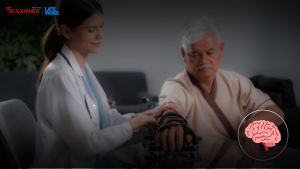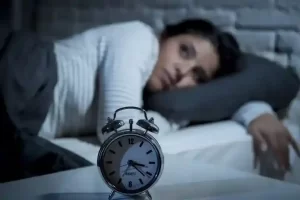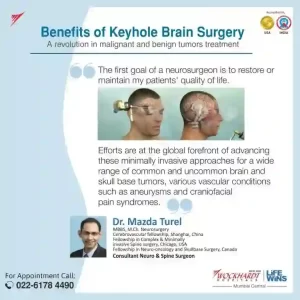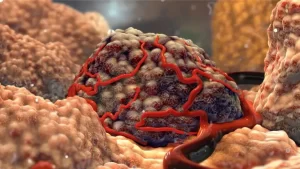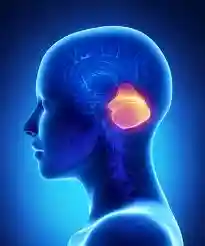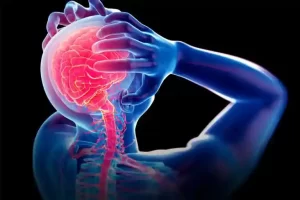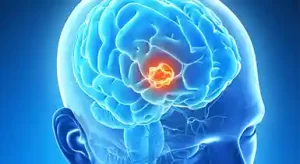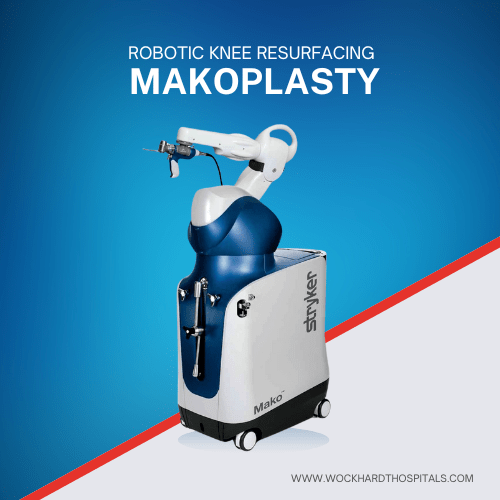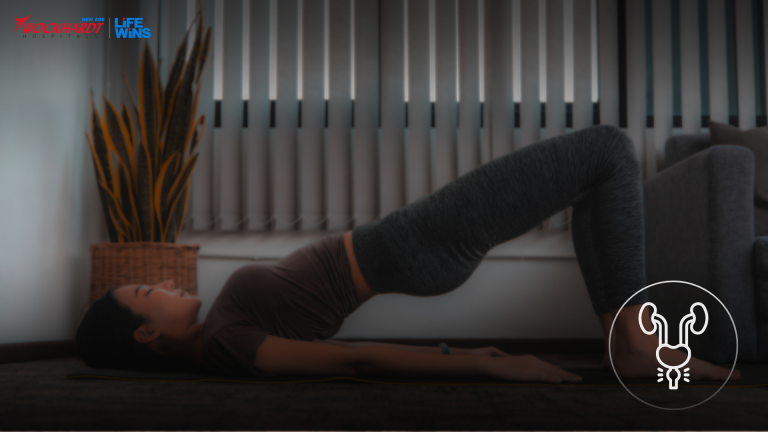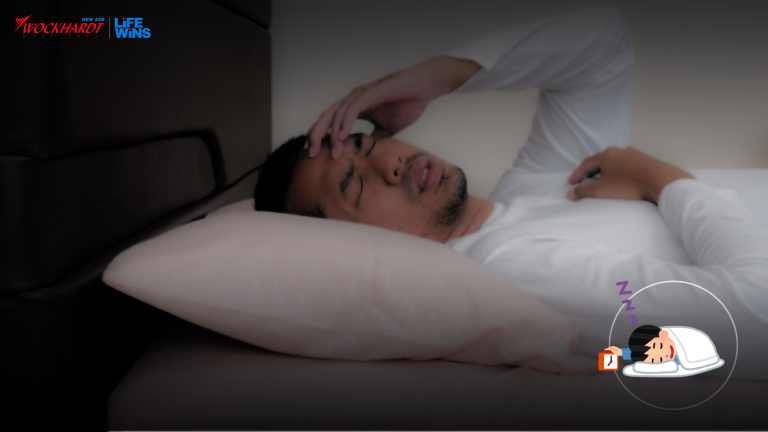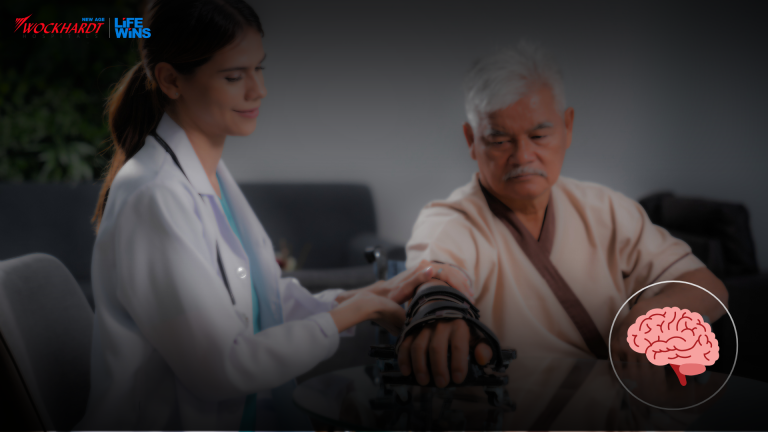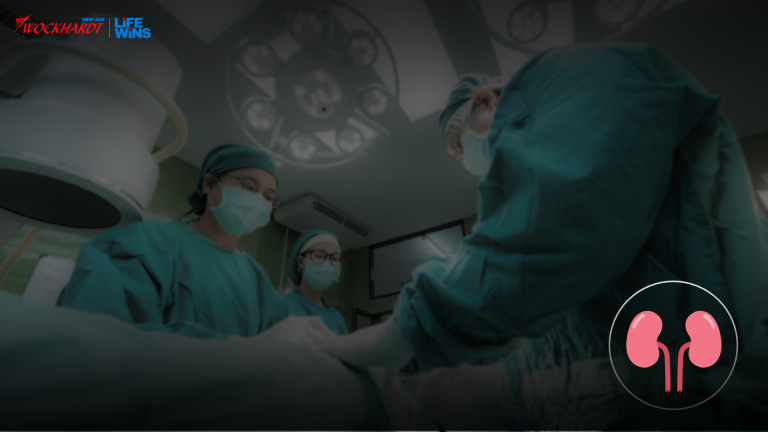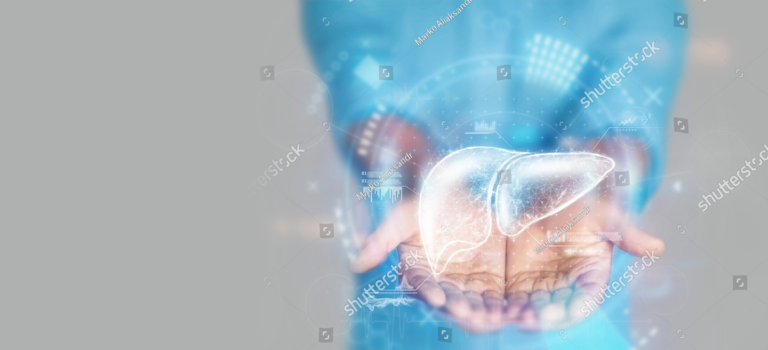
Rediscovering Life: A Parkinson’s Journey from Neglect to Hope
Parkinson’s disease (PD), the second most common neurodegenerative disorder after Alzheimer’s, is often misinterpreted as a natural part of aging. Affecting nearly 1% of individuals over 60, PD frequently goes undiagnosed in its early stages, leading to unnecessary suffering. Dr. Manish Baldia, Functional Neurosurgeon at Wockhardt Hospitals, Mumbai, sheds light on the critical need for early detection and intervention. A retired school principal in his early 70s, exemplifies the challenges of misdiagnosed Parkinson’s disease. For years, he attributed his tremors, slowed movements, and fatigue to aging. His family, though concerned, also dismissed the symptoms as part of the natural aging process. This misconception led to a decline in his quality of life, causing emotional distress and social withdrawal. The turning point came when a visiting relative, a medical professional, urged him to seek specialized care. A neurologist confirmed the diagnosis of Parkinson’s disease, bringing both relief and apprehension. With timely intervention, He was introduced to advanced treatments, including Deep Brain Stimulation (DBS), medication adjustments, and rehabilitation therapy under the expertise of Dr. Baldia. After undergoing DBS, a cutting-edge procedure that regulates abnormal brain activity through electrical impulses, He experienced a dramatic improvement in his motor functions. His tremors reduced, his voice regained strength through speech therapy, and he even resumed hobbies like gardening—activities he once believed were lost forever. A Message of Hope and Awareness Now thriving with his condition, He has become an advocate for Parkinson’s awareness, urging others to recognize early symptoms and seek timely medical attention. “The biggest lesson I’ve learned is not to ignore your body’s signals. Growing older doesn’t mean suffering in silence. Parkinson’s is not the end—it’s a new beginning with the right guidance,” he passionately shares. Dr. Manish Baldia emphasizes, “Early diagnosis and access to advanced treatments can dramatically improve the quality of life for Parkinson’s patients. Our goal is to ensure that no one else has to endure years of unnecessary suffering due to a lack of awareness.” He adds, “With advancements like Deep Brain Stimulation and personalized treatment plans, we can offer hope and a renewed quality of life to those battling Parkinson’s.” Wockhardt Hospitals remains at the forefront of neurological advancements, offering state-of-the-art treatments and compassionate care for Parkinson’s patients. As awareness grows, more individuals can regain control over their lives. _______ Dr. Manish Baldia, Functional Neurosurgeon at Wockhardt Hospitals, Mumbai Central, Shares Insights on “A Parkinson’s Journey from Neglect to Hope” – Exclusive Interview on Zee 24 Taas













